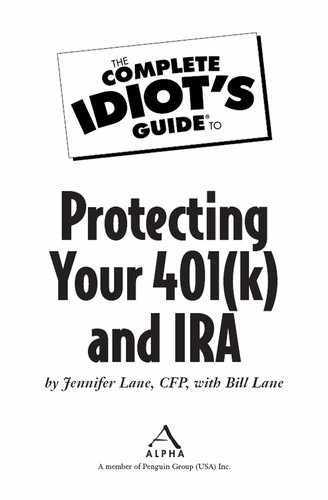Don’t Change Your Plan Contributions
Dollar-cost averaging—making regular investments of the same amount on a regular cycle—is an important part of a successful investment plan. If you’re investing a consistent amount, as the market goes down, your investments will buy more shares of now-cheaper stocks. When the market rises, you’ll buy fewer of the more expensive shares. Over time, your average cost per share will be lower under this strategy, helping to boost your overall returns. This is a powerful strategy but can be a difficult one to follow when the market is dropping and your balance is staying the same or dropping with it, despite your new deposits. It can feel like you’re making your contributions into a black hole. The temptation can be to stop adding to your account until the market recovers. The flaw in that reasoning is, if you stop investing in the declining market only to resume in the rising market, you’ll miss out on the cheaper shares. In essence, you’ll be missing out on the “bargain basement” sale on stocks that the market is holding as it tries to win back customers.
What’s more, once you stop investing, you’re likely to wait too long to start again. For many people, once they stop an investment plan, the money they were investing gets reabsorbed into their monthly spending. If this happens to you, you might find that when you decide the time is right to restart your contributions, you can no longer afford to because the money you once earmarked for investments has begun to pay for part of your lifestyle—a real problem.
For all these reasons, the best course through a downturn in the market is to stay with your contributions. But if the bottom line for you is that your account balance declines are keeping you awake at night and you just have to do something, there are two options you might consider: adjust your plan so your future contributions go to a more conservative investment, or split your contributions between the investment account and your savings or an account to pay down debt.
In the first option, changing your investment so that new contributions are invested more conservatively won’t help you take full advantage of dollar-cost averaging, but it will help your account feel less like a black hole, and keeping the regular investments going will keep you in the habit.
The second option will have a similar effect and might work well with your retirement plan at work. If your employer matches your contributions, reduce your new deposits to the minimum amount they will match, and then set up a direct deposit from your paycheck for the remaining amount you were investing and put it toward building savings or paying down debt. This way you won’t miss out on the automatic return of getting the employer match, you’ll stay in the habit of saving and investing the same amount of money, and you’ll build your emergency fund or pay down debt—always a good thing in times when the stock market is down.
..................Content has been hidden....................
You can't read the all page of ebook, please click here login for view all page.
